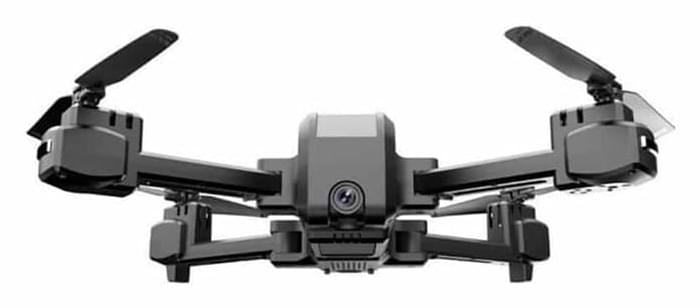Back in 2016, we told you about the iBubble, an underwater drone that autonomously follows and films scuba divers. Well, it now has a more capable industrial-use big brother, known as the Seasam.
Manufactured by French marine tech company Notilo Plus, the Seasam actually first hit the market in 2019. That said, it recently gained attention when it was featured in the horror film The Deep House, in which a scuba diving couple explore an underwater haunted house … and yes, that is kind of a cool premise for a movie.
Like the iBubble, the Seasam is capable of wirelessly following and shooting HD video footage of its scuba-diving user. It does so via a combination of acoustic and computer vision technologies.


